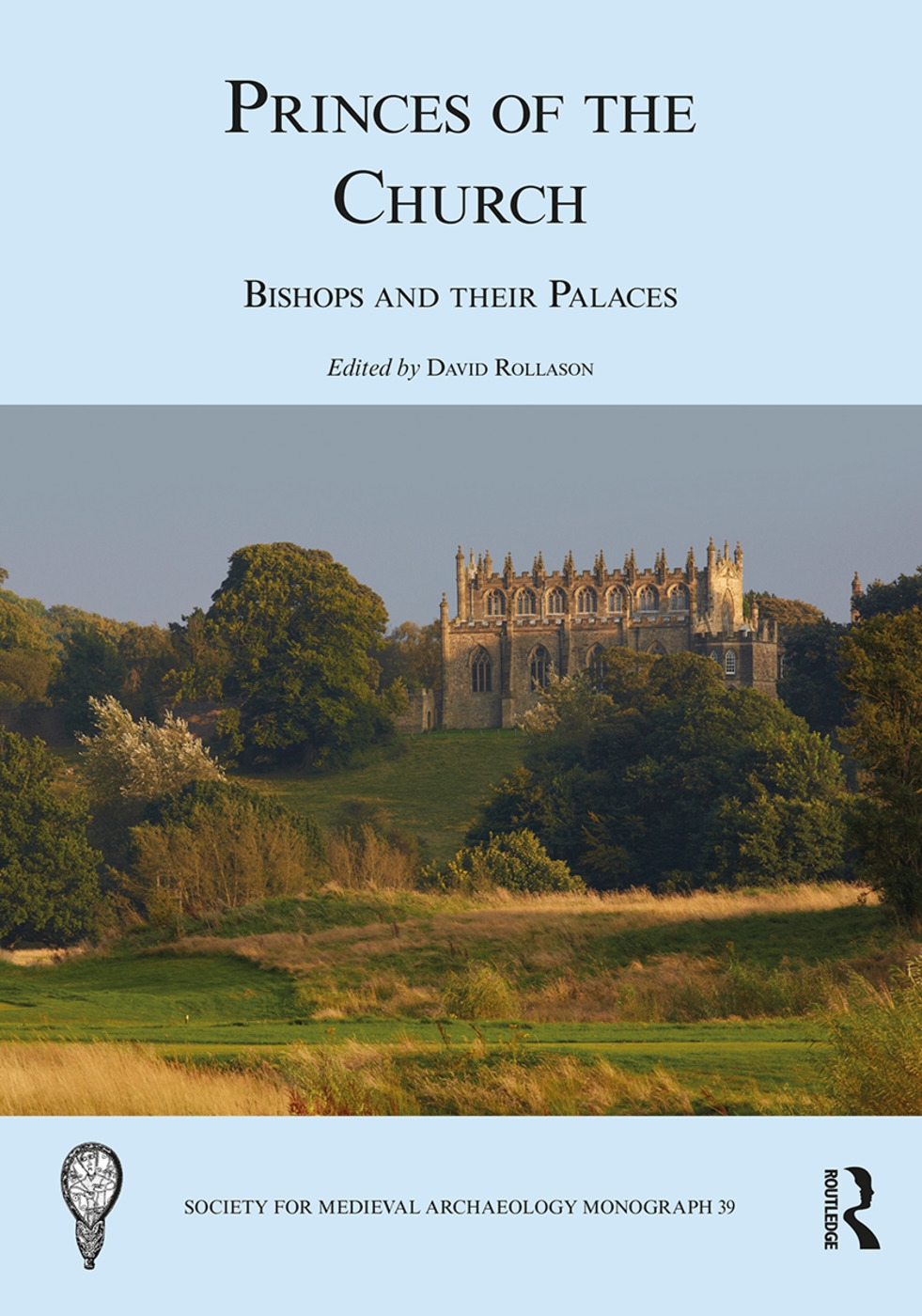This is a carefully structured and edited volume of research papers arising from a conference of the same title held at Auckland Castle, County Durham, in 2015. The aim of the volume is to bring together the latest research, exploring the importance of bishops’ palaces for social and political history, landscape history, architectural history and archaeology. It will be the first book-length study of such sites since Michael Thompson’s Medieval Bishops’ Houses (1998), and the first work ever to adopt such a wide-ranging approach to them in terms of themes and geographical and chronological range. It includes contributions from the late Antique period through to the eighteenth and nineteenth centuries, and it deals with bishops’ residences in England, Scotland, Wales, the Byzantine Empire, France, and Italy. It is structured in three sections: design and function, which considers how bishops’ palaces and houses differed from the palaces and houses of secular magnates, in their layout, design, furnishings, and functions; landscape and urban context, which considers the relationship between bishops’ palaces and houses and their political and cultural context, the landscapes and towns or cities in which they were set, and the parks, forests, and towns which were planned and designed around them; and architectural form, which considers the extent of shared features between bishops’ palaces and houses, and their relationship to the houses of other church potentates and to the houses of secular magnates.
| FindBook |
|
有 1 項符合
david (edt),rollason的圖書 |
 |
$ 7425 | Princes of the Church: Bishops and Their Palaces
出版社:David (EDT),Rollason 出版日期:2017-06-05 語言:英文 規格:精裝 / 17.8 x 25.4 x 3.2 cm / 普通級  看圖書介紹 看圖書介紹
|
|
|
圖書介紹 - 資料來源:博客來 評分:
圖書名稱:Princes of the Church: Bishops and their Palaces
|











